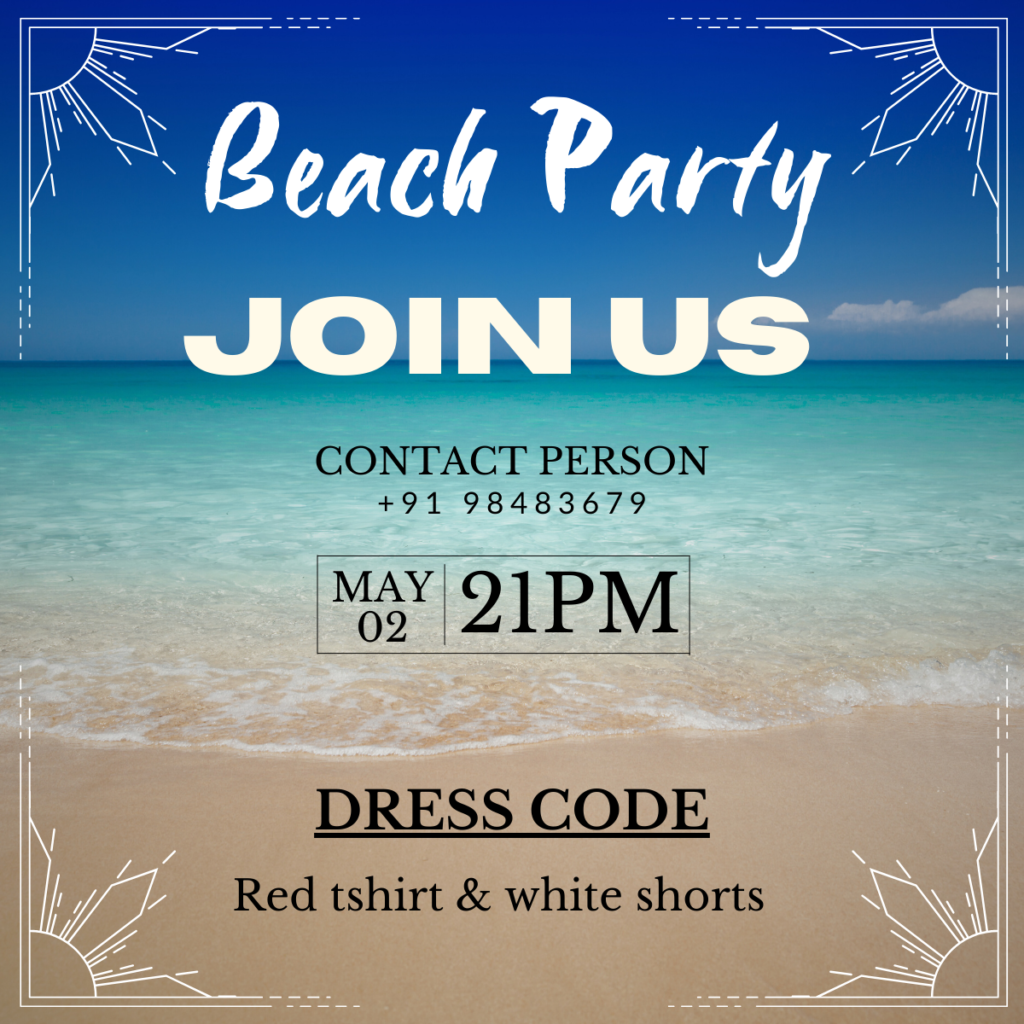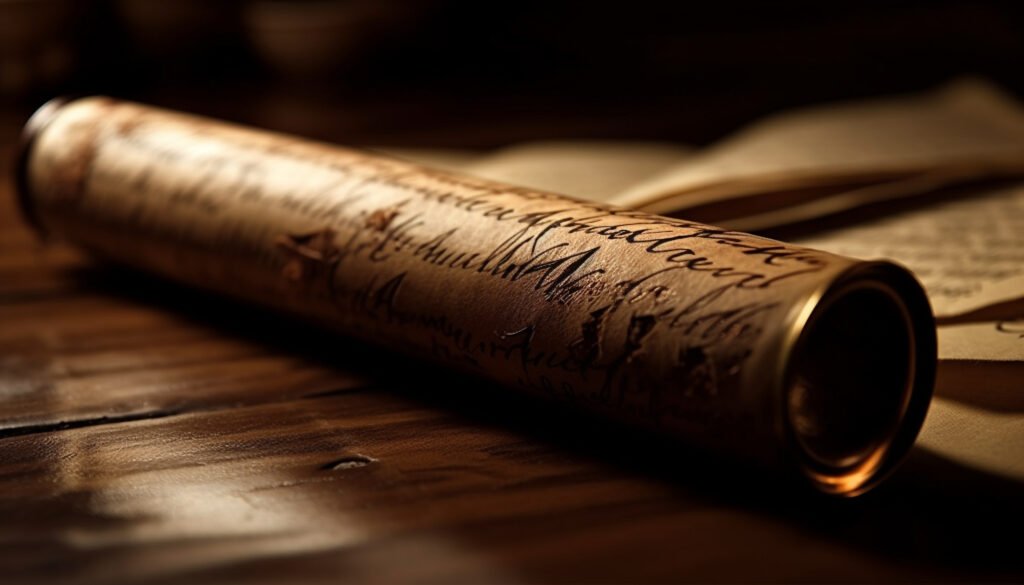
What are Invitations?
Invitations are formal or informal requests sent to individuals or groups to attend a particular event, occasion, or gathering.
Invitations are sent in various forms, such as printed cards, digital messages, verbal requests, or formal written correspondence, depending on the nature of the event and the host’s preferences.
Components of an Invitation:
- Event Details: This includes the event type (e.g., wedding, birthday party, dinner reception), as well as the date, time, and duration.
- Location: The venue or address at which the event will take place. For larger events, detailed instructions or a map may be provided.
- Purpose or occasion: A brief explanation of why the event or occasion is being celebrated (for example, graduation, anniversary, retirement).
- RSVP Information: RSVP translates to “please respond” in French. This allows the host to plan for the number of attendees.
- Additional Details: Any other relevant information, such as dress code, special requests, etc.
History of Invitations from Earliest Civilization to Nowadays:
- Ancient Civilizations: In ancient civilizations such as Mesopotamia, Egypt, Greece, and Rome, invitations were often communicated orally or through messengers. Written invitations on scrolls or tablets were reserved for formal events, such as royal banquets, religious ceremonies, or diplomatic gatherings.
- Medieval Europe: During the Middle Ages in Europe, invitations became more formalized and elaborate, especially among the nobility and royalty. Invitations were written on parchment or vellum and adorned with decorative seals, calligraphy, and heraldic symbols.
- Renaissance and Baroque Eras: In the Renaissance and Baroque periods, advancements in printing technology led to the widespread use of printed invitations among the aristocracy and upper classes. Invitations were printed on paper using movable type and embellished with intricate designs, engravings, and illustrations.
- 19th Century: Due to advancements in printing technology and postal services, invitations became more widely available to the middle and working classes during this century, democratizing them.
- 20th Century: The telephone and telegraph were two examples of technological innovations that made it easier to communicate and plan events quickly during this century. People can now more easily customize and order invitations for a variety of occasions thanks to the growth of stationery stores and commercial printing services.
- Digital Age: As digital communication technologies and the internet emerged, invitation formats started to change. These invitations are becoming more and more popular for a variety of events and get-togethers because they are more adaptable, interactive, and affordable than traditional paper ones.
The types of Invitations we designs are:

Formal invitations are commonly used for weddings, galas, award ceremonies, and corporate events. Formal invitations typically have elegant designs, sophisticated fonts, and precise wording.
Casual invitations are appropriate for less formal events like birthday parties, barbecues, picnics, and informal gatherings. They typically have a more relaxed tone and design, with playful fonts, colorful graphics, and informal language.


Themed invitations are designed to match the event’s theme. Whether it’s a Hawaiian luau, a superhero-themed birthday party, a vintage tea party, or a masquerade ball, themed invitations use theme-appropriate imagery, colors, and motifs.
With the rise of digital communication, many people prefer digital invitations delivered via email, social media, or specialized invitation platforms. Animated GIFs, videos, and interactive features can be used to personalize digital invitations. They’re environmentally friendly and convenient for both senders and recipients.

Virtual invitations are digital invitations created specifically for virtual events like webinars, online parties, and video conferences. They include information like the event link or meeting ID, how to join, and any necessary passwords or access codes.
For work related queries, please mail us at info@meetarora.com.



